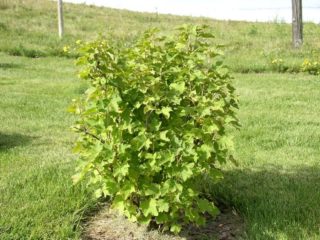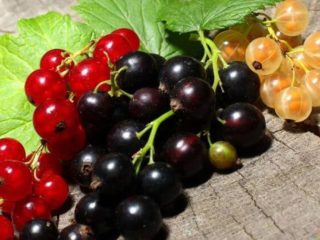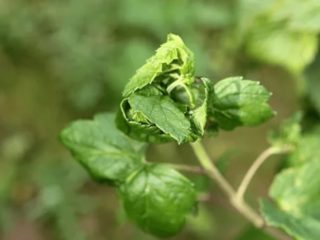Content
You can freeze currant leaves at home. This is best done with shock technology. For this, the raw materials are placed in a highly chilled freezer (-24 ° C), This allows you to maximize the beneficial properties and aroma of the foliage.
Is it possible to freeze currant leaves for the winter
Freezing is not the most popular way to prepare foliage for the winter. But this is also a completely working option, which some summer residents consider even more interesting than drying. Freezing the material allows you to store it for a long time. The bags can be kept in the freezer for 8-12 months.
Moreover, the taste of such a product is somewhat worse than that of dried foliage. Therefore, they are more often used in decoctions, fruit mixtures, for the preparation of compotes.
When to collect leaves for freezing
Freezing leaves are harvested at the moment when they contain the maximum amount of nutrients. This is the period on the eve of flowering, when the shoots are gaining green mass. If harvested later, the bush will begin to release nutrients and moisture for the formation of ovaries, so these leaves will be of lower quality.
Collection for freezing should be carried out only in clean places - on your own site or in a safe field, far from roads, industrial enterprises. The collection itself is carried out in dry weather, which lasts several days in a row (the raw materials should not be wet).
Leaf preparation
During preparation for freezing, it is necessary to sort through the foliage, remove debris, branches, damaged leaf plates (with spots, sunburn, etc.). It is undesirable to wash raw materials. Freshly picked currant leaves are best suited for both drying and freezing. But if in doubt, it is worth rinsing them a little with water, then spreading them out in one layer and waiting for them to dry completely.
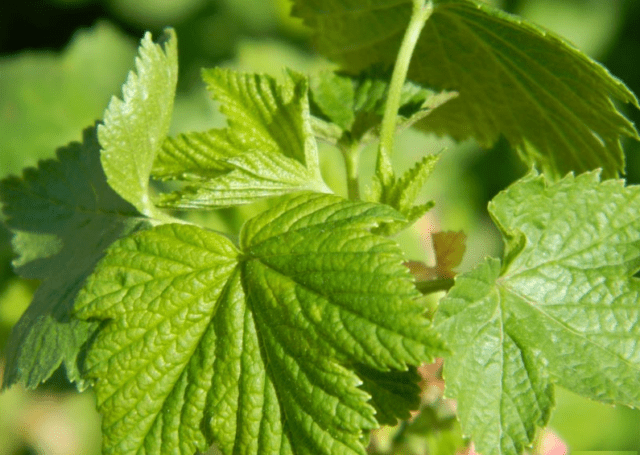
Only healthy, young currant foliage is suitable for collection.
It is not recommended to remove a lot of foliage from one bush. This can have a bad effect on the condition of the berries and on the yield.
How to freeze currant leaves
Freezing currant and raspberry leaves for tea and other drinks is the same. Raw materials are prepared, packed in bags or foil and sent to the refrigerator.
Whole leaves
It is convenient to freeze whole black currant leaves, since the raw material does not need to be chopped, chopped, etc. Simply lay the foliage in layers in bags and place them in the freezer. Instructions for holding the event:
- If the raw material has been washed under running water, then it should be laid out in one layer under a canopy and dried. The light should be diffused, indirect.
- To speed up drying, choose a clean cloth or napkin that will absorb excess moisture well.
- Then the leaves are placed in cling film, plastic containers or tight bags. It is advisable to place them in small portions in order to take out as much as needed for several cups of tea, compote, cocktail.
- Air is removed from the package as much as possible.
- Close with a lid or special zip fastener.
- Place in a freezer kept at a constant temperature of -18 ° C or lower.
Modern freezers are equipped with a quick freeze function. In this case, you need to set the temperature to -24 ° C and hold the bags for 3-4 hours. After that, the temperature can be brought to normal (-18 degrees) and the raw materials can be stored in such conditions for no more than 8-12 months.
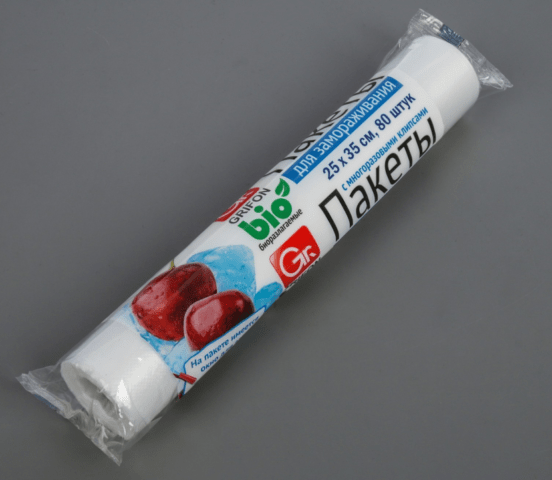
One of the best storage packages is the freezer bag.
Shredded leaves
The rules for preparing chopped frozen currant leaves are the same as for whole ones. Raw materials, if necessary, are washed, dried, after which they are crushed with a sharp knife and immediately frozen to prevent the liquid from flowing out of damaged tissues.
You can pre-mix currants with the leaves of other berries and garden herbs - raspberries, lemon balm, mint, blueberries. The ratio of the components should be approximately the same. Mint is recommended to take 2 times less. Then you get a fruit mixture that can be used in both tea and other drinks.
How to store it correctly
There are no special requirements for storage rules. The raw materials should be kept in the freezer of the refrigerator in a negative temperature (minus 15-18 ° C). The only requirement is that defrosting and re-freezing should not be allowed. For example, if the refrigerator needs to be washed, then the food should be transferred to another freezer.
Do not store raw materials on the balcony. The weather can be unpredictable, which can cause food to melt. In the open air, the raw material will easily absorb foreign odors.
How long can you store
The shelf life of raw materials is short. It is advisable to use freeze in half a year. The deadline is 12 months. By this time, new greens will grow, which can be consumed fresh, sent to drying or in the freezer.
Which is better - freeze or dry currant leaves
Despite the fact that freezing currant leaves is quite easy, drying is considered the preferable option for harvesting for the winter. The fact is that during freezing, currant leaves are stored for no more than one year, and dried raw materials in the right conditions lie for several years.
In addition, freezing impairs the palatability. These leaves are less suitable for tea. Most often they are used in decoctions, fruit mixtures, for making cocktails. In such drinks, frozen leaves "work" better than dried ones.
Therefore, tea made from frozen currant leaves is not so fragrant. In this regard, drying also wins.
However, there are also arguments in favor of freezing:
- it is a simple process that does not require a lot of preparation;
- thanks to freezing, the leaves retain almost all the nutrients.
Drinks based on frozen leaves strengthen the immune system, help to cope with the first signs of a cold, as well as normalize metabolism. It cannot be said unequivocally which is better - to dry or freeze currant leaves. You can try both methods, and then focus on your preferences.
Conclusion
Freezing currant leaves is quite simple. This must be done immediately after collection, without even washing the raw materials. The leaves should be carefully packed and the air removed from the bags. Freezing storage is permissible throughout the winter and spring, but preferably no more than one calendar year.

